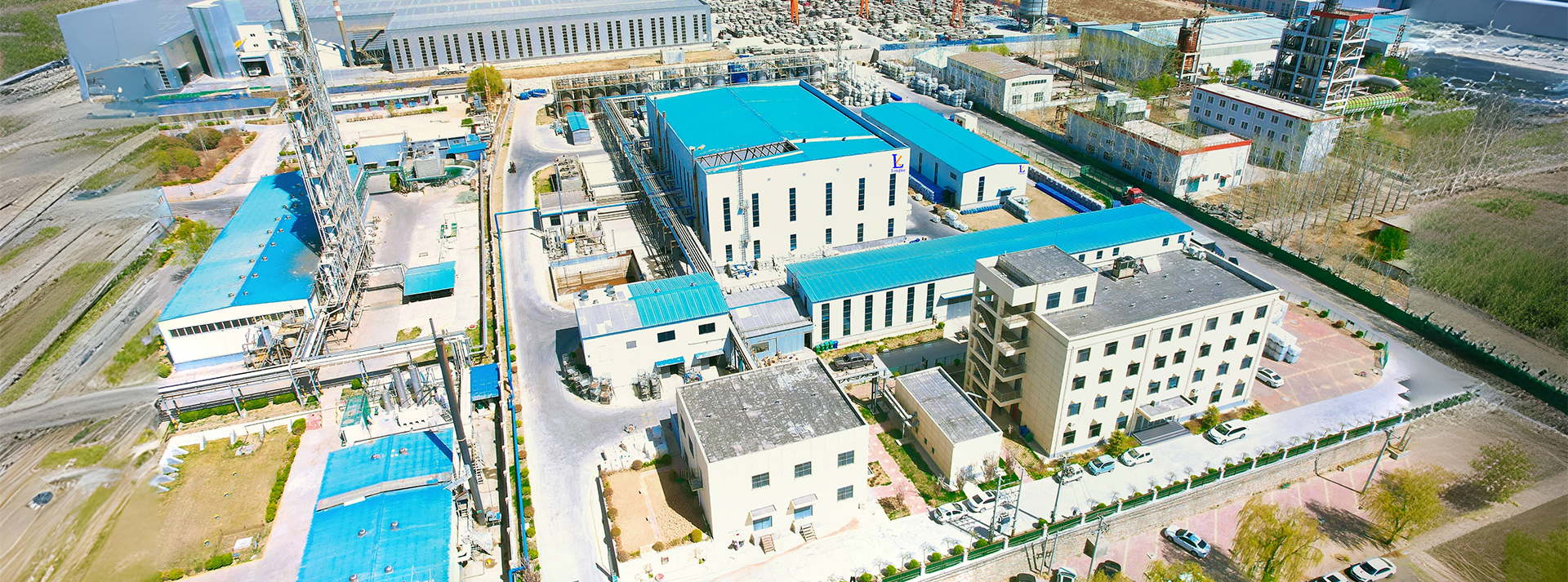coagulation flocculation
Coagulation and Flocculation An Overview of Key Water Treatment Processes
Coagulation and flocculation are essential processes in the water treatment industry, playing a critical role in the removal of suspended solids and impurities from water. These processes are particularly significant in the production of potable water and in the treatment of wastewater. Understanding the principles and mechanisms behind coagulation and flocculation not only provides insight into how clean water is produced but also highlights the importance of these processes in safeguarding public health and preserving the environment.
Coagulation Process
Coagulation refers to the process by which fine particles suspended in water aggregate to form larger particles. This process typically involves the addition of chemical coagulants, which are substances that promote the clumping together of particles. Common coagulants include aluminum sulfate, ferric chloride, and polyaluminum chloride. When added to water, these chemicals destabilize the negative charges on the particles, allowing them to come together and form larger aggregates known as flocs.
The mechanism of coagulation often involves two primary actions charge neutralization and the bridging of particles. Initially, the coagulant neutralizes the electric charges on the suspended particles, which prevents them from repelling each other. Subsequently, with the help of high molecular weight coagulants, particles can be physically linked or bridged to form larger aggregates.
Flocculation Process
Following coagulation, flocculation usually occurs. Flocculation is a gentle stirring process aimed at promoting the growth of the larger aggregates formed during coagulation. This process involves slower mixing, which allows the small flocs to collide and merge, resulting in larger flocs that can be more easily removed during subsequent treatment steps. Flocculants, which may be added to enhance this process, are typically long-chain polymers that assist in binding the particles together.
coagulation flocculation

Flocculation is a critical step, as the size and density of the flocs significantly affect the efficiency of downstream filtration, sedimentation, and other separation processes. Effective flocculation contributes to clearer water, reduced chemical usage, and lower operating costs in a treatment plant.
Applications and Importance
The significance of coagulation and flocculation extends beyond potable water treatment. These processes are vital in various industrial applications, including the treatment of wastewater from industrial processes, stormwater management, and even in the extraction of minerals. By removing suspended solids, bacteria, and other impurities, coagulation and flocculation enhance the quality of water released into the environment, protecting ecosystems and minimizing pollution.
Furthermore, in regions experiencing water scarcity, the treatment of non-traditional water sources like stormwater or recycled wastewater becomes essential. Coagulation and flocculation play a pivotal role in making these alternative water sources safe and usable.
Conclusion
In summary, coagulation and flocculation are fundamental processes in the field of water treatment, essential for ensuring the quality and safety of water supplies. As urbanization increases and water resources become more strained, the effectiveness of these processes will be critical in addressing global water challenges. By understanding and optimizing coagulation and flocculation, we can advance water treatment technologies and contribute to a more sustainable future. Both processes embody the intricacies of chemistry and engineering that come together to provide clean, safe water for communities around the world. Through ongoing research and development, we can continue to enhance these essential processes, ensuring that they meet the evolving demands of society while protecting our precious water resources.
-
2 Phosphonobutane 1 2 4 Tricarboxylic Acid (PBTCA) – Superior Scale InhibitorNewsSep.01,2025
-
2 Phosphonobutane 1,2,4 Tricarboxylic Acid (PBTCA): Superior Scale & Corrosion InhibitorNewsAug.31,2025
-
Dodecyldimethylbenzylammonium Chloride: High-Purity DisinfectantNewsAug.30,2025
-
2-Phosphonobutane-1,2,4-Tricarboxylic Acid: Scale & CorrosionNewsAug.29,2025
-
Premium Isothiazolinones | Broad-Spectrum Biocidal SolutionsNewsAug.28,2025
-
LK-319 Special Scale And Corrosion Inhibitor For Steel Plants: Advanced Solutions for Industrial Water SystemsNewsAug.22,2025





